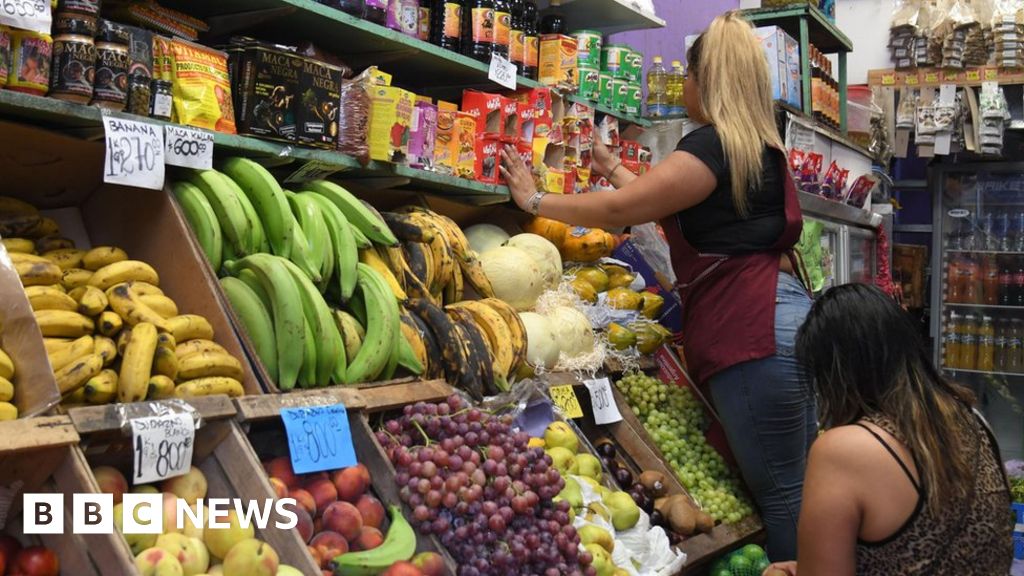Its simplistic and untrue to say inflation is 95% and the cost of living has doubled.
In reality, there is inflation, there is a change in the exchange rate with dollars and euros which in turn has affected prices of imported goods, and there have been increases in wages and salaries, as well as changes in state subsidies of products and services.
All together, this means some products have, indeed doubled, while others have barely changed, and others have gone up varying percentages.
For the average person, who does not buy apple iphones or japanese whiskey, prices have not gone up anything like double.
For example, I ride the colectivo almost every day.In January of 2022, my average ride was around 29 pesos. Today, its 39 pesos. Not 100%.
And, of course, in real money, a ten peso increase, while certainly percentage wise something to acknowledge, does not affect the lifestyle of most lower class argentines all that much.
Many other things I purchase regularly have gone up well below 100%.
Some things are almost the same as one year ago.
The economic situation in Argentina is complex, and is heavily affected by the multiple billions of US denominated debt, as well as covid related drops in tourist dollars, global increases in dollar priced commodities like oil, and many other circumstances.
As always in Argentina, it much more complicated than the foreign press says it is.

